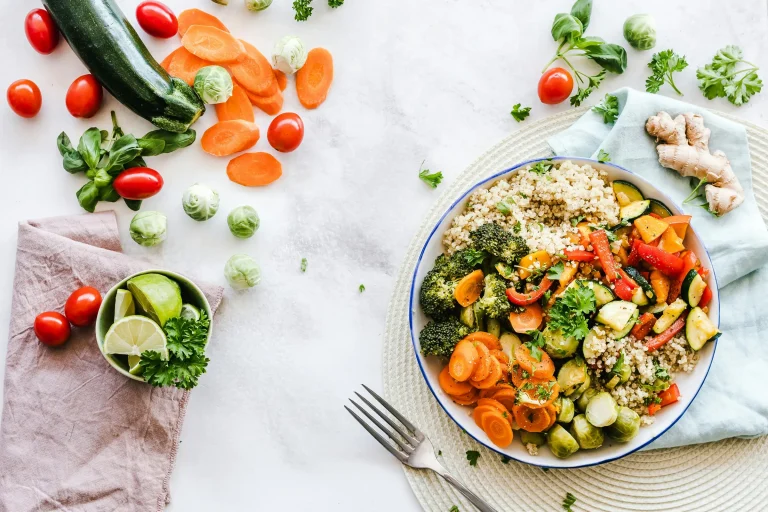You shouldn’t have to choose between your bank account and your health. But all too often, Americans are feeling squeezed.
A recent survey of more than 2,000 people confirms it: 59% of respondents said cost was a major barrier to adopting healthy habits.
When it comes to eating well, there are some things—like the price of groceries—that you can’t change. But understanding the challenges to buying and eating nutritious food is an important first step. That way, you can adopt strategies to overcome these obstacles and improve your own health and your family’s while sticking within your budget.
The problem: Living in a food desert. You’re miles from the nearest grocery store and may lack reliable transportation to get there.
What you can do: If possible, shop at farmers markets or look for healthy options at small stores or bodegas. When access to fresh produce is limited, buy canned or frozen items. They’re less expensive and last longer. Look for packages without syrup, butter, or cream sauces, which add sugar and salt.
The problem: Targeted marketing of unhealthy foods. Studies show that ads for junk food and fast food target people who are low-income, Black, or Hispanic.
What you can do: Cut back on family TV time, especially while you’re eating. This can reduce exposure to ads for unhealthy foods. That’s particularly important for children, who are easily swayed.
The problem: Food insecurity, which is the inability to afford or access safe, nutritious foods.
What you can do: Check your eligibility for assistance programs, such as the Supplemental Nutrition Assistance Program (SNAP).Stretch your grocery budget by planning recipes ahead of time and shopping with a list. Add nutrient-rich but economical options like lentils, lettuce, bananas, apples, eggs, peanut butter, and canned fish. Purchase items like beans or grains in bulk, and for packaged goods, choose store brands—they can slash your bill by 20% to 30%.
Online Medical Reviewer: Ray Turley, MSN, BSN








